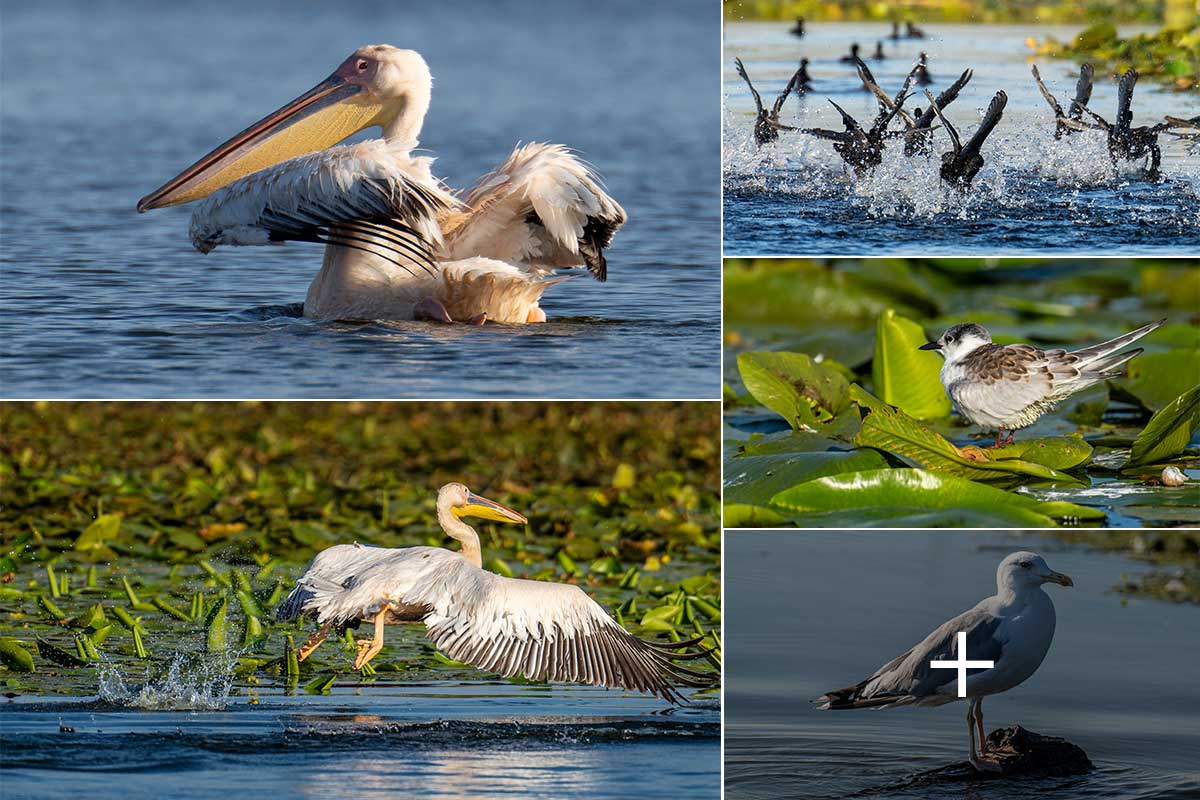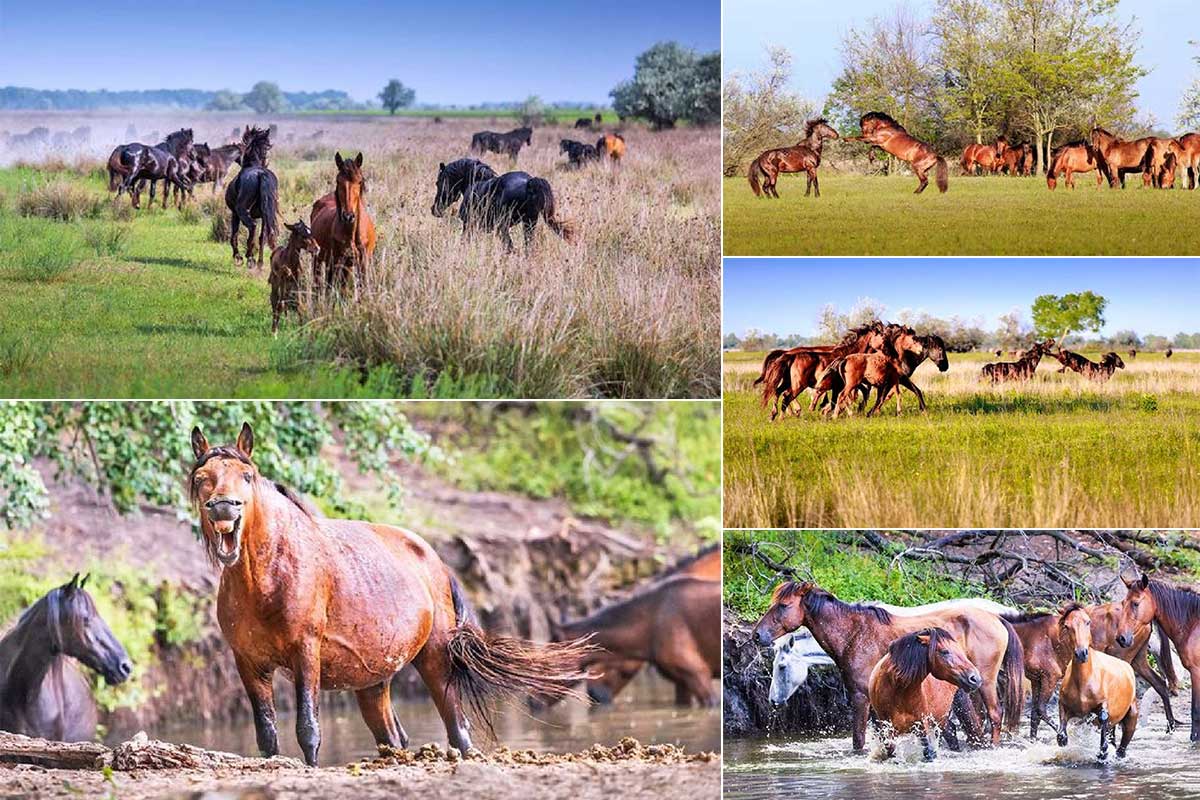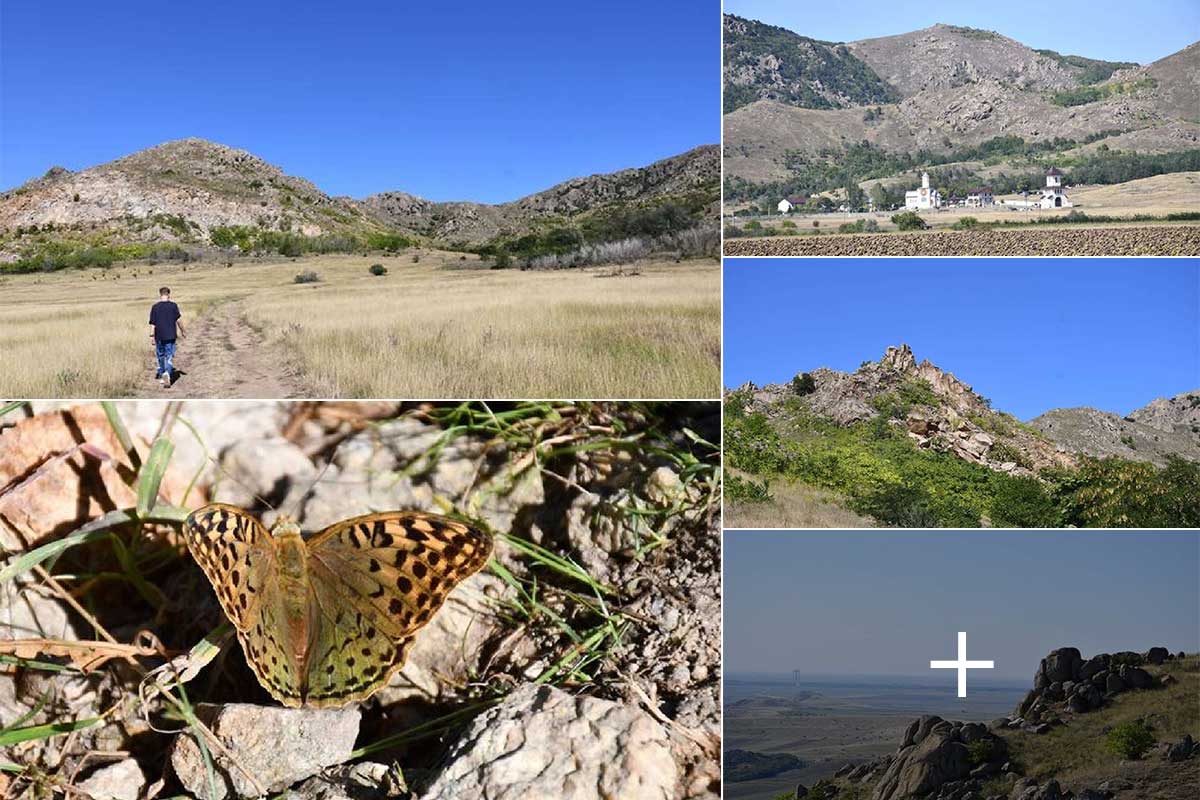Short description: The Danube Boilers, an area also known as the Danube Gorge, stretch along the river, on the border with Serbia, in Mehedinţi county. You will be able to discover the grandiose beauty of this place on the territory of Eselniţa and Dubova localities. There is only one road that will take you to this legendary place, DN57, which connects the municipality of Orşova and the town of Moldova Nouă.
County: Mehedinti
Video: Cazanele Dunarii – Muntii Carpati
Images: red_frog | go_out_romania | george_mihaiescu
More details – History Tourist objectives
As for accommodation, the entire area is dotted with guesthouses and cabins where you can stay. Once you have arrived at your destination, you will find out for yourself the answer to the question of why you should visit the Danube Boilers. You are in the most spectacular part of the river’s course, where the Danube meets the Banat Mountains and the mountain massifs on the Serbian shore. The Danube cauldrons extend over a length of nine kilometers. On this section, the Danube narrows considerably to 230 meters, making river navigation difficult. Beyond this aspect, the landscape of the area is impressive, a perfect combination between steep cliffs and the swirling waters of the Danube.
From place to place, the streams that descend from the mountains and flow into the Danube form bays and estuaries. The most spectacular of these is Mraconia Bay, guarded by the huge face of Decebalus Rex, carved into the rock. Decebal’s face is the largest statue excavated in a mountainside in Europe and measures over 50 meters. From Mraconiei Bay, you will be able to board one of the cruise boats or sloops, which will take you to admire the beauty of the area.
The cauldrons are a sector of the Danube gorge at the passage through the Carpathian Mountains.
They are about 9 km long. In some places, the Danube narrows to 230 m, making navigation difficult. The river is bordered by vertical, rocky walls. The maximum depths are about 75 m. In the boiler sector, the water flow rate exceeds 5 m/s.
The Big Cauldrons are approximately 4 km long, falling between the Ciucarul Mare massifs (in Romania) and Veliki Strbac (Serbia).
At the base of the limestone wall that flanks this portion of Cazanelor Mari there are two cavities: the Gura Ponicovei and Veterani pastures.
The Mici cauldrons extend over a length of approximately 3 km, being positioned between the Ciucarul mic (Romania) and Mali Strbac (Serbia) massifs.
The Danube boilers and the Ciucarul mare / Ciucarul Mic massifs are part of the Portile de Fier Natural Park.
Close to Mraconia bay, you can see, dug into the rock, the face of Decebalus, the statue of Decebalus having the dimensions of 55m high and 25m wide.
Here is the face of Decebal, the rock sculpture on the bank of the Danube, located between Eselnita and Dubova, near Orsova. It is the largest stone sculpture in Europe.
Tourist spots
Decebal’s face carved in stone
The image of Decebal was built in the Cazanelor Mici area, on the left bank of the Danube, in the Mraconia bay. The location is very beautiful because you can admire the river winding through the forested rocks, where you can also find the greatest depth of water, 120 meters. 12 climbers worked on this sculpture during 10 years, under the direction of the sculptor from Orsova Florin Cotarcea. The process started by clearing the trees and then continued with the cleaning of the rocks and the dynamiting of the rock. With equipment carried to great heights and skilled and talented sculptors, the construction was completed in 2004.
The face of Decebal is just one of the tourist attractions on the Danube Gorge, but it quickly became the most important and the most accessed, both by Romanian and foreign tourists.
Trajan’s Tabula
Another important tourist attraction of the area is the Tabula Traiana, a marble slab dating from the period of the first Dacian war. A complete tour of the area, by boat, includes the Tabula Traiana, but also two other tourist attractions, namely the Grota Veterani, from where the Austro-Hungarian armies fired their cannons at Turkish ships, and the Ponicova Cave, which offers spectacular galleries, populated by bats and access routes on the Danube or on land, with a degree of medium difficulty. In addition, the area also offers numerous routes through the Banat Mountains, the most spectacular of all being the one that will take you to the top of the Ciucaru Mare Massif and from where you will be able to admire from a height the narrowest part of the Danube.
Our UiR database: search results for „Delta Dunarii”










































